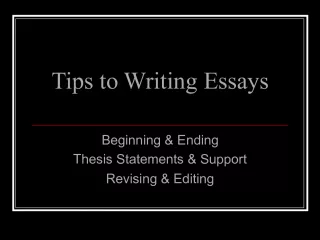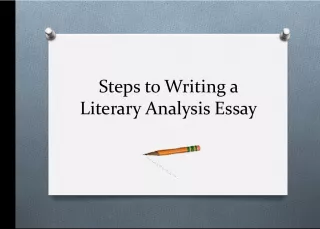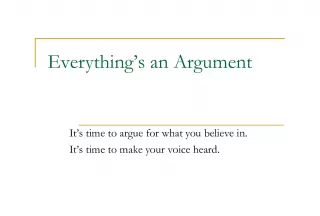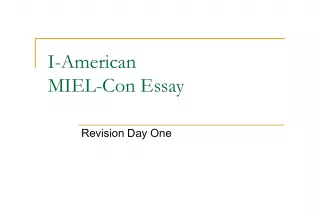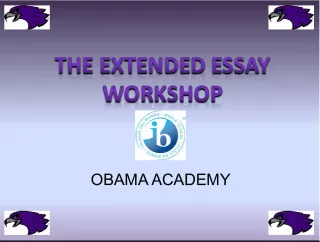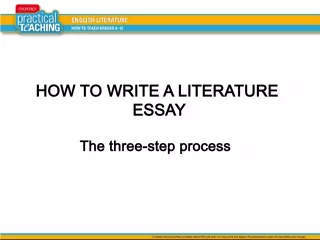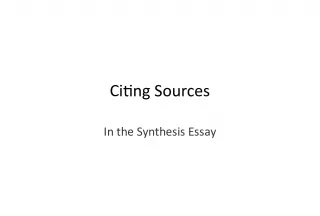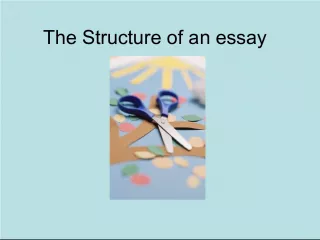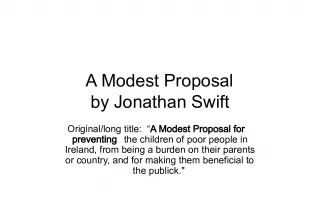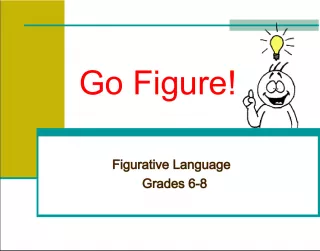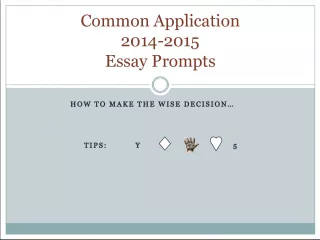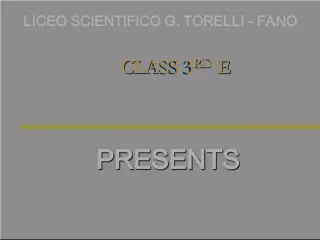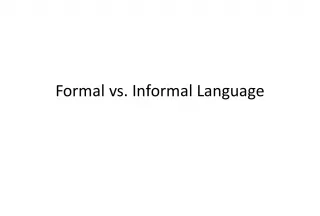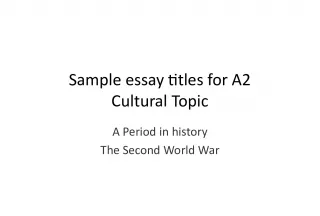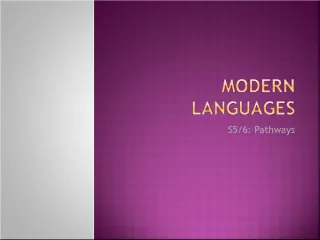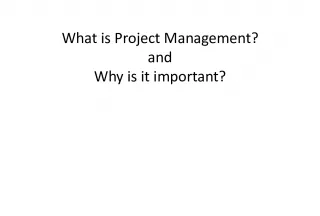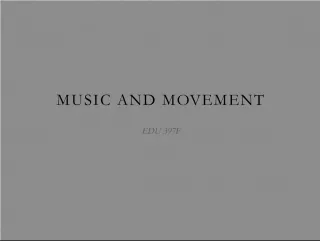AP Language and Composition Columnist Project Argument Essay
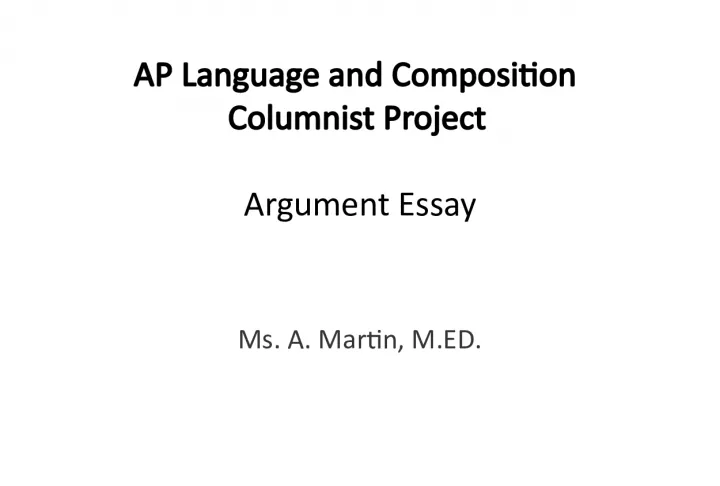

In this assignment, students will delve deeper into their understanding of rhetorical devices and author style by analyzing authentic editorials written by a syndicated columnist. The goal is to have students examine
- Uploaded on | 2 Views
-
 asta
asta
About AP Language and Composition Columnist Project Argument Essay
PowerPoint presentation about 'AP Language and Composition Columnist Project Argument Essay'. This presentation describes the topic on In this assignment, students will delve deeper into their understanding of rhetorical devices and author style by analyzing authentic editorials written by a syndicated columnist. The goal is to have students examine. The key topics included in this slideshow are . Download this presentation absolutely free.
Presentation Transcript
Slide1AP Language and CompositionColumnist Project Argument Essay Ms. A. Martin, M.ED.
Slide2The Assignment:• This assignment is designed to further student understanding of rhetorical devices and author’s style used in authentic settings and to have students look at arguments and draw their own conclusions. • Students will read and analyze editorials written by a syndicated columnist and using that text for analysis and springboard for writing.
Slide3EDITORIALS• Go to the Opinion section of The Miami Herald and click on Columnist and chose one you like. • Go to Opinion section of The New York Times and click on Columnist and chose one you like. • Go to Opinion section of The USA Today and click on Columnist and chose one you like.
Slide4The Method:• Read many ( at least ten ) of the columnist’s editorials so you know his or her beat, looking for patterns in rhetorical strategies and style. • Create an MLA format (look up “MLA Citations” online) bibliography of all the columns you read. • Make hard copies of three columns and annotate them heavily —including questions, comments, definitions, rhetorical devices, connections, or other.
Slide5The Method:• Select one syndicated columnist. The following are suggested sources: • Miami Herald, Sun-Sentinel (local newspapers) The New York Times , The Wall Street Journal , The Washington Post , USA Today (national newspapers) The New Yorker , Atlantic Monthly , Harper’s , Time , or Newsweek (magazines) • Your columnist can be any kind (political, humor, sports, etc.), except an advice columnist whose columns are put together in letter and response form . • Read many ( at least ten ) of the columnist’s editorials so you know his or her beat, looking for patterns in rhetorical strategies and style. • Make hard copies of three columns and annotate them heavily — including questions, comments, definitions, rhetorical devices, connections, or other.
Slide6MLA CITATIONArticle in a Newspaper • Cite a newspaper article as you would a magazine article, but note the different page numbering in a newspaper. If there is more than one edition available for that date (as in an early and late edition of a newspaper), identify the edition following the date (e.g., 17 May 1987, late ed.). – Brubaker, Bill. "New Health Center Targets County's Uninsured Patients." Washington Post 24 May 2007: LZ01. Print. – Krugman, Andrew. "Fear of Eating." New York Times 21 May 2007 late ed.: A1. Print. An Editorial & Letter to the Editor • Cite as you would any article in a periodical, but include the designators "Editorial" or "Letter" to identify the type of work it is. – "Of Mines and Men." Editorial. Wall Street Journal east. ed. 24 Oct. 2003: A14. Print.
Slide7Basic Rhetorical Analysis Questions(Annotation Guide) • What is the thesis , what is the overall argument the author presents? • What is the writer’s purpose ? To inform? To persuade? To criticize? • Who is the author’s intended audience ? • How does the writer organize his or her ideas? Chronologically? Other? Why ? • How does the writer use diction ? (Word choice, arrangement, accuracy, is it formal, informal? Technical versus slang?) Why ? * • Does the writer use dialogue ? Quotations ? Why ? * • What rhetorical devices are used? Why ? * • Is there evidence of problems with the authors argument ? What would the opposition say about his or her argument that would weaken it? * • What is the sentence structure (syntax) of text? Are there fragments, run-ons? Is it declarative, imperative, and exclamatory? What effect does this have? * • Does the writer use punctuation to create an effect ? Italics, underlining, parentheses? Which marks does the writer use, and when? What is the effect? * • What is the author's tone and voice? Identify tone and voice. * • Personal Connection to the column or topic – Questions – Comments * Style Questions
Slide8Rhetorical Précis• A précis (pray-see) is a brief summary that follows a specific format. In this case, you will be selecting three of the editorial/column/opinion piece and writing a précis with the following four sentences: 1. A single sentence which includes the author, title, date (in parentheses); a rhetorically accurate verb (such as "asserts," "argues," "refutes," "proves," "explains," etc.), followed by a clause that contains the major claim (thesis statement) of the work. Example: In his article “Idiot Warning Labels” ( 2000), Leonard Pitts Jr. proclaims that warning labels are spreading stupidity among the public.
Slide9Rhetorical Précis2. A single sentence explaining how the author develops and supports the argument. » Example: Pitts combines verbal irony, logical appeal, and rhetorical questioning with a variety of cultural references to support his claim. 2. A single sentence describing the author’s purpose. » Example: Pitts vents his frustration in order to bring awareness to the fact that corporations intellectually demean consumers. 4. A single sentence describing the intended audience for the piece or describing the relationship the author establishes with the audience. » Example: His audience consists of typical American readers and consumers— people who may agree with the absurdity of such labels.
Slide10Putting it all together:Rhetorical Précis • Put all of the pieces together to create an introduction • Example: In his article “Idiot Warning Labels” ( 2000), Leonard Pitts Jr. proclaims that warning labels are spreading stupidity among the public. Pitts combines verbal irony, logical appeal, and rhetorical questioning with a variety of cultural references to support his claim. Pitts vents his frustration in order to bring awareness to the fact that corporations intellectually demean consumers. His audience consists of typical American readers and consumers—people who may agree with the absurdity of such labels.
Slide11The Method:• Make hard copies of three columns and annotate them heavily —including questions, comments, definitions, rhetorical devices, connections, or other. • Write a one page analysis of the columnist’s beat (topic), point of view, and style . Be very, very specific about style—organization, favorite rhetorical devices, subject matter, tone, or other.

